Ants are tiny yet mighty, and they’re everywhere. But have you ever wondered, what animals eat ants? From specialized predators to opportunistic feeders, many creatures rely on ants as a food source. Let's dive into the world of ant-eating animals, explore their unique adaptations, and understand their role in ecosystems.
Many animals eat ants, ranging from mammals and birds to reptiles and even other insects. Here’s a list of the most common categories:
Mammals: Anteaters, armadillos, pangolins, and aardvarks are well-known for their ant-heavy diets.
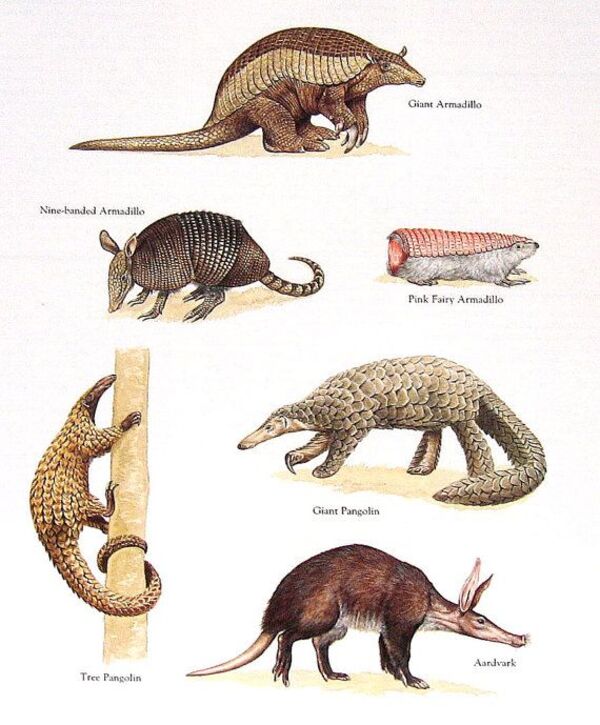
Birds: Woodpeckers, flickers, and certain sparrows are skilled at finding and consuming ants.
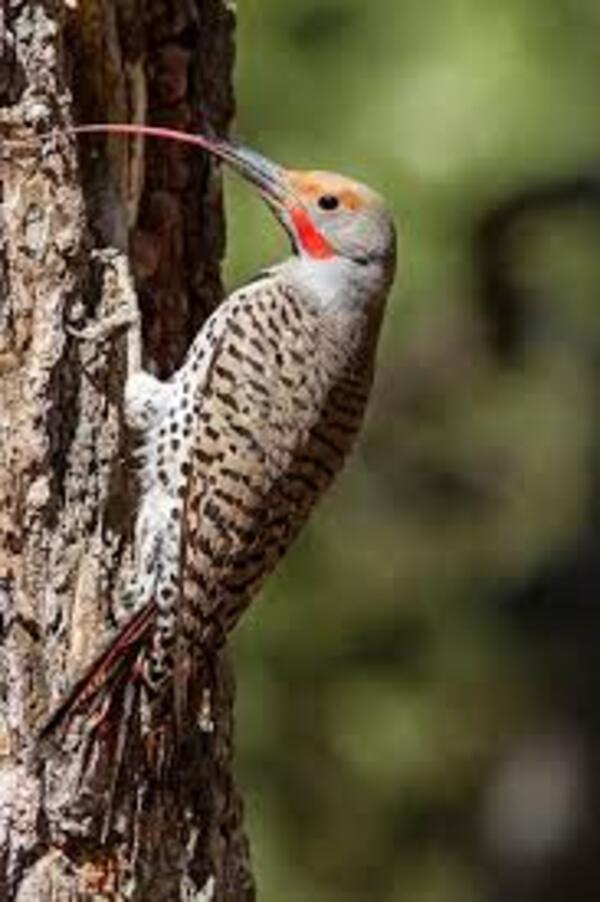
Reptiles: Lizards, including horned lizards, are adept at snacking on ants.
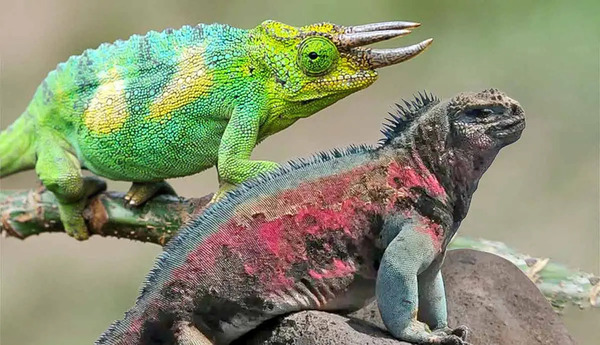
Amphibians: Frogs and toads occasionally include ants in their diets.
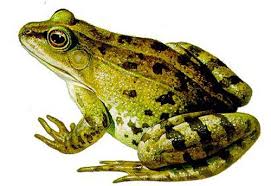
Insects and Spiders: Beetles, antlions, and spiders like jumping spiders are notorious ant predators.
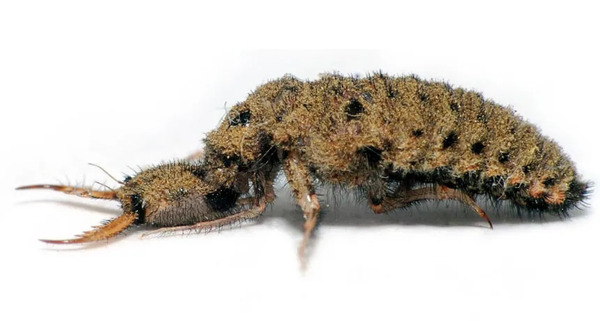
Ant-eating creatures are equipped with specialized tools and behaviors to help them prey on ants.
Animals like anteaters and pangolins have exceptionally long tongues coated with sticky saliva to scoop up ants from nests quickly.
Fun Fact: The giant anteater's tongue can stretch up to 2 feet!
Mammals such as armadillos and aardvarks use their strong claws to break open anthills and access their prey.
Certain reptiles, like horned lizards, have tough bodies to withstand ant bites as they feast.
Birds like flickers can consume ants despite the formic acid they release as a defense mechanism.
Insects like antlions dig cone-shaped traps in the sand to capture ants when they stumble in.
Animals like anteaters and pangolins thrive in lush rainforests, where ants and termites are abundant.
Birds such as toucans and flickers often feast on ants here.
Horned lizards dominate arid regions, making ants a staple of their diet.
Certain beetles and spiders also consume ants in these tough environments.
Mammals like aardvarks dig into anthills in savannahs and forests.
Birds such as woodpeckers peck into logs to find ants hiding within.
Ants are a high-protein, energy-rich food source. Animals that consume ants often have low competition because not every predator can handle their tiny, defensive prey.
High protein content
Rich in fat and essential nutrients
Ants are plentiful and easy to locate
Ant-eating animals play a crucial role in maintaining the balance of ecosystems.
Population Control: These animals prevent ant populations from exploding.
Soil Aeration: As they dig through anthills, mammals like armadillos help aerate the soil.
Food Web Dynamics: By preying on ants, these animals connect different trophic levels, ensuring energy flow in the food web.
Horned lizards can shoot blood from their eyes to deter predators while feasting on ants.
Anteaters consume up to 30,000 ants a day, making them one of the most efficient ant predators.
Antlions are named for their ferocious ambush hunting style, mimicking a lion in their tiny world.
These creatures indirectly promote biodiversity by preventing ants from outcompeting other species. However, habitat destruction and climate change are threatening these animals.
To maintain ecological balance, it’s essential to protect habitats that support ant-eating creatures. Efforts include:
Preserving forests and grasslands to ensure access to their food sources.
Creating awareness about their ecological role.
No, anteaters eat both ants and termites, depending on availability.
Woodpeckers and flickers are among the most prolific ant-eating birds.
Some ants defend themselves using formic acid or aggressive bites, but most predators have adapted to these defenses.
From anteaters in rainforests to horned lizards in deserts, ant-eating animals are diverse and fascinating. Their unique adaptations and ecological roles remind us of the interconnectedness of nature. By understanding and protecting these creatures, we contribute to preserving the delicate balance of our ecosystems.
If you’re curious about ant-eating animals or want to learn how they impact their habitats, this guide has you covered. Ready to explore more about nature’s incredible creatures? Keep reading!
We created this article in conjunction with AI technology, then made sure it was fact-checked and edited by a Animals Top editor.